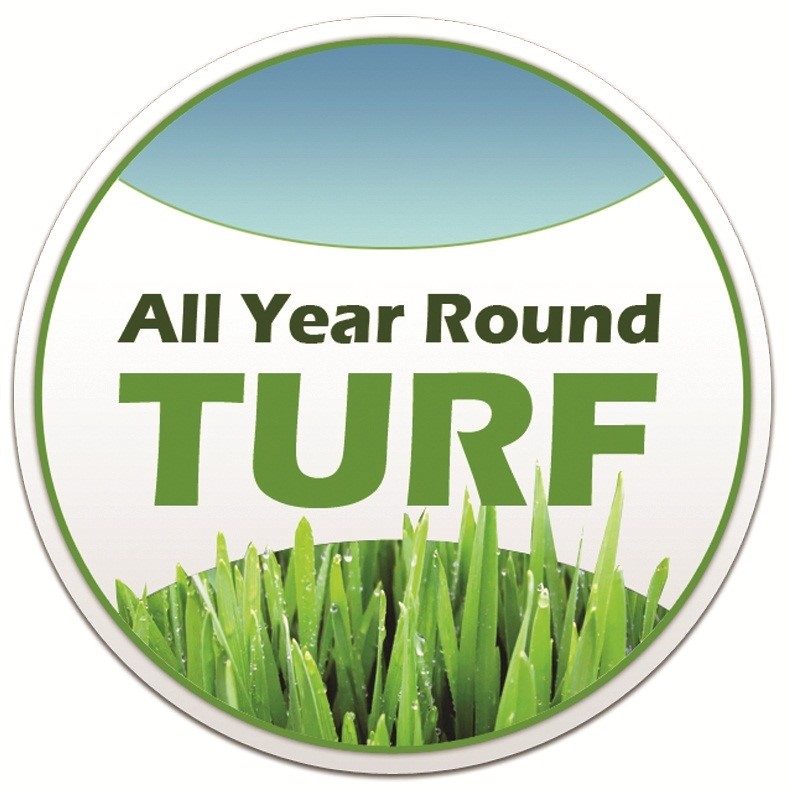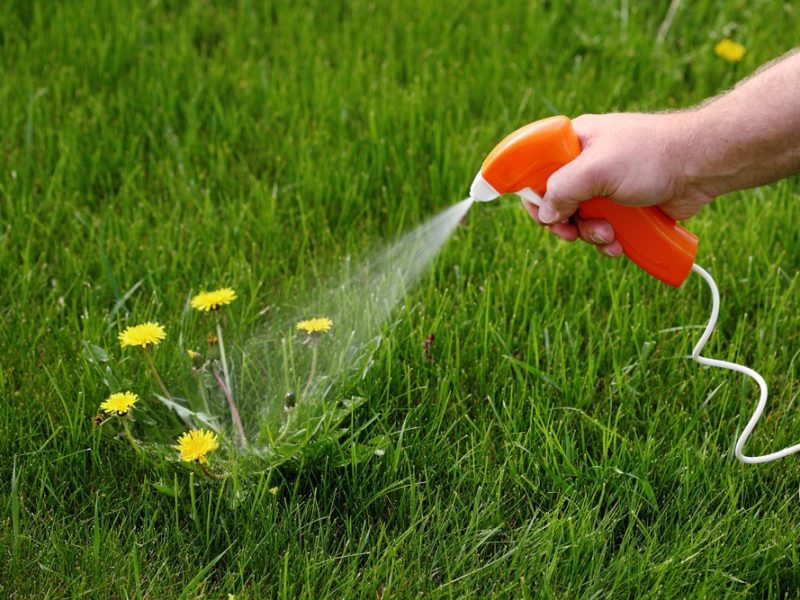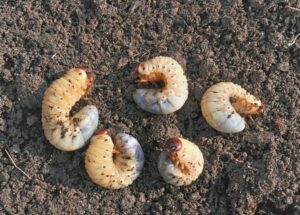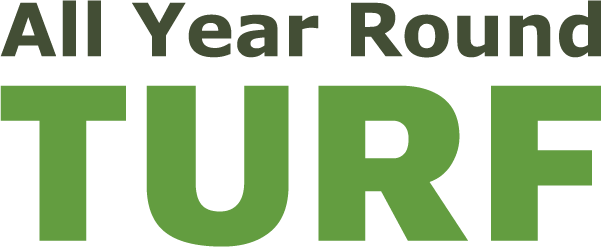Lawn care herbicides are a great resource to help keep your lawn free of weeds. However, if you use them incorrectly, you could destroy your lush green lawn along with the unwanted invaders. It’s a difficult mistake to come back from so avoid problems by using these tips from the Buffalo Turf Sydney experts.
Selective Versus Non-Selective Lawn Care Herbicides
Broadly speaking, there are two types of herbicides: selective and non-selective. A selective lawn care herbicide will target one or two types of weeds without affecting your lawn. A non-selective herbicide like glyphosate will kill everything it touches indiscriminately.
All Year Round Turf knows how to take care of every weed that might be getting ready to invade your lawn, so use these tips and herbicide recommendations to stop them in their tracks.
Winter Grass: This grass is characterized by its lush green tufts that can ruin the overall texture of your lawn from winter to autumn. Mowing it leaves behind scraggly clumps that will grow at different rates to the rest of the grass. Winter Grass Killer targets the roots of this pesky weed, so make sure to get it on early in the season.
Nut Grass: Nutgrass produces long spindly stems from well-established, fast-growing tubers, so it’s annoyingly difficult to remove manually. Sledgehammer is a popular lawn care herbicide that works best on nut grass as soon as it becomes visible.
Paspalum: This tufted grass is an introduced species that can grow up to 1.5m tall. Use a pressure sprayer with a paspalum, nutgrass, and clover herbicide during spring and summer to keep it from invading your lawn. Use more than one application for the best results.
Broadleaf: Herbicide lawn care products like All Purpose Weed Control will take care of broadleaf weeds like bindii, oxalis, clover, dandelion, chickweed, and just about any other weed in this category. The main active ingredients are dicamba and bromoxynil, which means you can’t use these products on soft-leaf buffalo turf.
The Problem with Weed ‘n Feed
At the first sign of a dandelion infestation, many people will head off to the hardware store for a bottle or two of Weed ‘n Feed because it’s cheap, takes care of a wide range of weeds, and supposedly gives your lawn a good feed while you’re at it.
Unfortunately, Weed ‘n Feed has low levels of active ingredients, so you will need more than a couple of applications to see results. It doesn’t stand up too well as a fertilizer either because there are almost imperceptible traces of phosphorous and potassium.
Rather than buy 3 Weed ‘n Feed applications, you will be much better off targeting your specific weed problem with the proper lawn care herbicides. You might pay a little more per bottle, but you will save on work and money using fewer applications.




